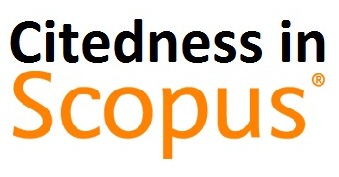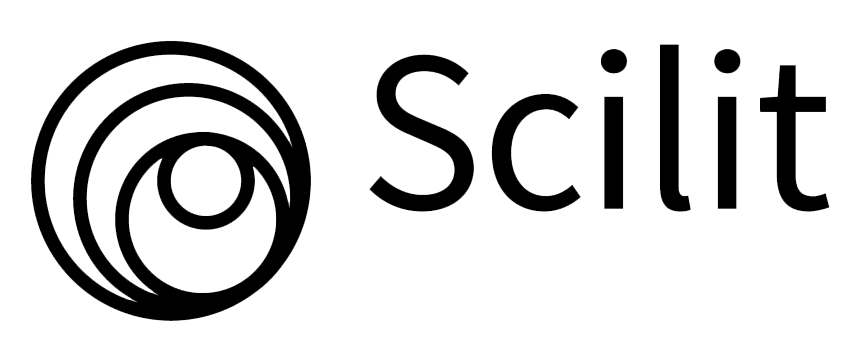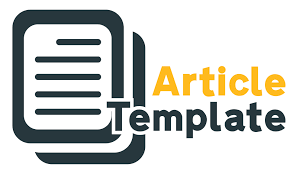Guidelines
1. General Information
TIERS Information Technology Journal publishes original research papers, review articles, and case studies in the field of Information Technology. Manuscripts must be written in English, in Microsoft Word format, and adhere to the structure and format described below. Authors are strongly advised to download and use the journal template available at: https://journal.undiknas.ac.id/index.php/tiers/
2. Manuscript Preparation
2.1. Paper Format
- Manuscripts are written on A4 (210 x 297 mm) paper size.
- Margins: Top and Left = 2.5 cm; Bottom and Right = 2 cm.
- Font: Times New Roman, size 10 pt, single-spaced.
- The manuscript should not exceed 13 pages for research articles or 16 pages for review papers.
3. Structure of the Manuscript
Manuscripts should be arranged in the following order:
- Title
- Written in bold, centered, 16 pt.
- Concise and informative, not exceeding 12 words.
- Avoid abbreviations, formulas, or unnecessary words such as “A Study of…”, “Analysis of…”, etc.
- Author Information
- Full names of all authors.
- Emails for each author.
- Institutional affiliation, including department, institution, province, and country.
- Indicate the corresponding author clearly.
- Abstract
- Written in 9 pt, single-spaced, up to 200 words.
- Must include: background, research method, findings, and conclusion.
- Avoid references and uncommon abbreviations.
- Provide 3–5 keywords after the abstract.
- Article Information
- Accepted: xx-xx-20xx
- Revised: xx-xx-20xx
- Published Online: xx-xx-20xx
- This article is published under the CC BY-SA license.
- Introduction
- Provide research background, problem statement, relevant literature, research gap, and objectives.
- Follow the IMRaD structure (Introduction, Method, Results, and Discussion).
- Use IEEE citation style ([1], [2], etc.).
- If introducing a new algorithm or model, an additional theoretical section may precede the Method section.
- Research Method
- Describe research design, process, algorithms, pseudocode, data acquisition, and analysis.
- Include relevant references to support methodology.
- Figures and tables must be centered and referenced properly in the text.
- Results and Discussion
- Present findings clearly with supporting figures, tables, and equations.
- Discuss results in the context of prior studies.
- Use subsections (e.g., 3.1, 3.2) for clarity.
- Equations should be numbered consecutively and centered.
- Conclusion
- Summarize the main findings, emphasizing how they address the research objectives.
- Include potential implications and future research directions.
- Acknowledgment (Optional)
- Mention individuals or organizations that contributed to the study but do not meet authorship criteria.
- Obtain consent from all acknowledged individuals.
- Conflict of Interest Statement (Mandatory)
- Authors must declare any financial, personal, or professional conflicts of interest.
- If none exist, include the statement:
“The authors declare no conflict of interest.”
- References
- Use IEEE citation style consistently.
- Minimum 25 references for original research and 50 references for review papers.
- Prioritize recent and relevant international journal sources.
- Use Mendeley, EndNote, or Zotero for reference management.
4. Reference Style Examples
Journal Article
J. K. Author, “Title of paper,” Abbrev. Journal Name, vol. x, no. x, pp. xxx–xxx, Month, year, doi: xxx.
Conference Paper
J. K. Author, “Title of paper,” in Abbrev. Conf. Name, year, pp. xxx–xxx, doi: xxx.
Book
J. K. Author, Book Title, xth ed. City: Publisher, year.
Thesis or Dissertation
J. K. Author, “Title of thesis,” M.S. thesis, Univ. Name, City, year.
5. Biographies of Authors
Each author must include a short professional biography (150–200 words, 9 pt), including:
- Full name
- Current position and affiliation
- Research interests
- ORCID iD (mandatory)
- Google Scholar, Scopus ID, and WoS ID (if available)
- A professional headshot photo (3x4 cm)
Example:
Dr. John Doe is an Associate Professor at the Department of Computer Engineering, XYZ University. He holds a Ph.D. in Computer Science specializing in Machine Learning. His research interests include data mining, artificial intelligence, and computational optimization. He can be contacted at email: johndoe@xyz.edu.
6. Submission
Authors must submit their manuscripts through the online submission system at:
https://journal.undiknas.ac.id/index.php/tiers/
All submissions must comply with the journal’s formatting rules before review. Manuscripts not conforming to the template will be returned for revision prior to peer review.
7. Publication Ethics
TIERS Information Technology Journal adheres to the COPE (Committee on Publication Ethics) guidelines. Authors are responsible for ensuring originality and avoiding plagiarism. All manuscripts are screened using plagiarism detection software.

















